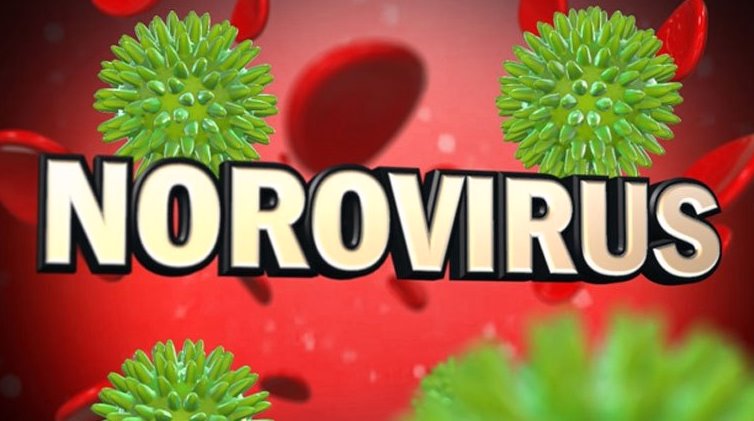Flu Epidemic? What You Need to Know About Norovirus

When is a bug more than just a bug?
When it’s the norovirus.
Noroviruses are sometimes described as “food poisoning” because they can be transmitted through contaminated food or drinks. These viruses are also called stomach flu, although they are not the same virus as influenza. What’s more? Your flu shot may not protect you from norovirus. In the Northwest, this season’s flu epidemic has gotten so bad that health officials have activated a ‘Disaster Medical Control Center‘ for the first time in ten years. Help protect your family against this contagious illness by equipping yourself with basic knowledge. Read on to learn more, then visit the CDR Norovirus webpage.
Transmission: One of the biggest issues with norovirus is that it is so common and easy to catch. The most common forms of transmission involve contaminated food or surfaces, or direct contact with an infected person. Raw vegetables and fruits as well as oysters and seafood are commonly linked with norovirus. Places where the viruses are likely to appear include hospitals and health facilities, jails, day cares and schools, and cruise ships – basically any enclosed area where a large number of people gahter. Furthermore, noroviruses are very hardy and highly contagious. They can survive in high and low temperatures, in water and on hard surfaces like counters or tables. Noroviruses may also remain in your system for up to two weeks after you recover, so it is entirely possible to pass it along without knowing it.
Symptoms: Norovirus causes acute gastroenteritis, which is inflammation of the stomach and/or intestines. Symptoms typically involve diarrhea, nausea/vomiting, and stomach pain. Fever, body aches, and headaches may also appear. One of the greatest risks to anyone suffering from norovirus is dehydration. Those with weakened immune systems, children, seniors, and pregnant women, are at a higher risk of catching the virus and may experience more extreme or dangerous forms of illness. A person usually develops symptoms 12 to 48 hours after being exposed to the virus, and recovery may take anywhere from 1 to 3 days.
Prevention: Though there is no sure fire way to completely protect against noroviruses, there are steps you can take to limit your chances of catching the virus. First and foremost, always wash your hands after using the bathroom and before handling food. Noroviruses can be found in biohazards like feces or vomit, so take extra precaution in public spaces or in areas that are likely to be contaminated (restrooms, work breakrooms, waiting rooms). If someone you live with develops a norovirus, sanitize and disinfect shared areas of the home with EPA chemicals approved to destroy the virus. Launder all bedding and clothing thoroughly, taking extra care to avoid agitating or spreading bacteria. If you become sick, quarantine yourself and do not prepare food for two days after your illness.
When In Doubt: If your home or place of business is infected by the norovirus, you can try to clean it up yourself, but it would be better to contact a professional biohazard cleanup company. The Cleveland Clinic has detailed directions to help you eliminate norovirus from your environment. Remember to use only approved chemicals, and be sure to wear proper PPE for the job. Also keep in mind that some janitorial companies or maid services may not be fully trained to completely treat biohazards. Contact your local cleaning company to find out what is covered.
 877-872-4339
877-872-4339  Contact Us
Contact Us 






